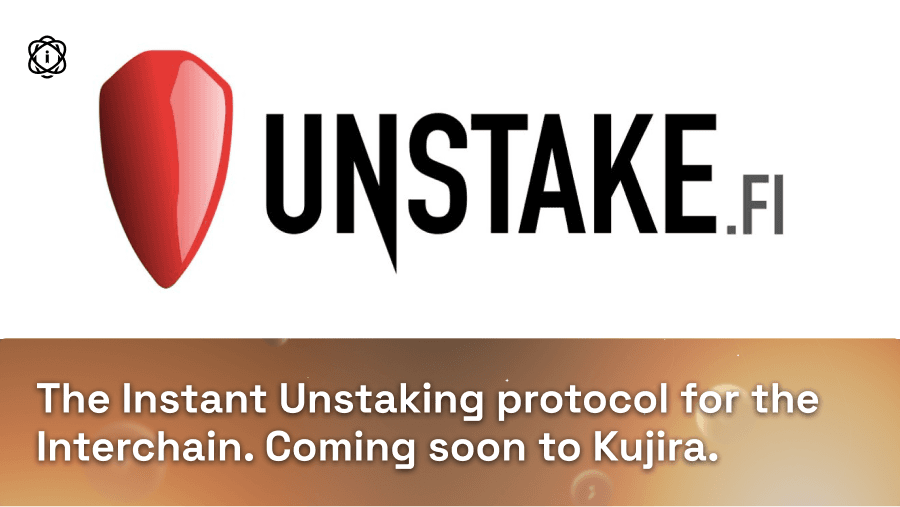In the DeFi space, staking and bonding tokens are ubiquitous, serving as the backbone for a variety of platforms, from liquid staking solutions like Stride and Eris, to liquidity pools on Osmosis, and governance tokens on Manta DAO. However, the mandatory unbonding periods, which can stretch up to several weeks, pose a significant user experience challenge. Unstake.fi is set to change this narrative by eliminating these waiting periods across all IBC-enabled chains.
Unstake.fi’s Mechanism: A Closer Look
Unstake.fi leverages the Kujira blockchain’s unique infrastructure, particularly the GHOST money market, along with interchain queries and accounts for CosmWasm developers. The process is straightforward: users sell their liquid locked tokens to Unstake.fi, which in turn provides the underlying assets immediately. This is made possible by borrowing from GHOST, with the loan being collateralized 1:1 by the unbonding transaction. Users pay the interest for the unbonding period upfront, plus a small protocol revenue fee. For a typical two-week unbonding period, this fee is expected to be around 0.5%.
The Financial Engineering Behind Unstake.fi
Unstake.fi’s model is built on a delicate balance of rates: redemption rates, interest rates, and offer rates, all crucial for the protocol’s design and solvency. When a user opts to use Unstake.fi, the protocol borrows from GHOST for the duration of the unbonding period, incurring an interest rate that must be covered.
Predicting the total interest amount over the unbonding period is a complex task. For example, if a user is unstaking 100 stATOM with a redemption rate to ATOM of 1.2, and the current interest rate for borrowing ATOM from GHOST is 8%, with a maximum rate of 200% over a three-week period, the calculations become intricate. The protocol aims to offer users as close to the maximum unbonding amount as possible while ensuring it can cover the interest owed to GHOST.
Reserves: The Protocol’s Safety Net
The reserve fund is a critical component of Unstake.fi’s architecture. It is designed to cover any shortfall between the agreed offer rate and the maximum interest rate that GHOST might charge. Offers are made only if the reserve fund exceeds the maximum potential shortfall. This ensures that there are always sufficient funds to repay GHOST, maintaining the protocol’s health and user confidence.
Dynamic Reserve-Driven Operations
The size of the reserve fund dictates the maximum amount of tokens that can be in the unbonding process at any given time. To manage this, Unstake.fi sets a ‘minimum rate’ that charges an extra fee when interest rates are low, thereby growing the reserve during these periods. Conversely, during high-interest periods, the total amount of tokens in-flight can increase, as the gap between the offered rate and the maximum rate narrows.
Looking Ahead
Unstake.fi’s approach to instant unbonding is poised to enhance the user experience significantly by providing immediate liquidity and a more efficient integration with GHOST, ultimately benefiting lenders with competitive APRs. With plans to launch on testnet soon and a commitment to open-source their UI and contracts, Unstake.fi is gearing up to be a game-changer in the DeFi landscape.
$NSTK Airdrop: Rewarding the Backbone of Kujira
Unstake.fi’s airdrop of 65M $NSTK tokens is now complete, exclusively rewarding $KUJI stakers. Claim your $KUJI rewards and find $NSTK tokens added to your wallet.
